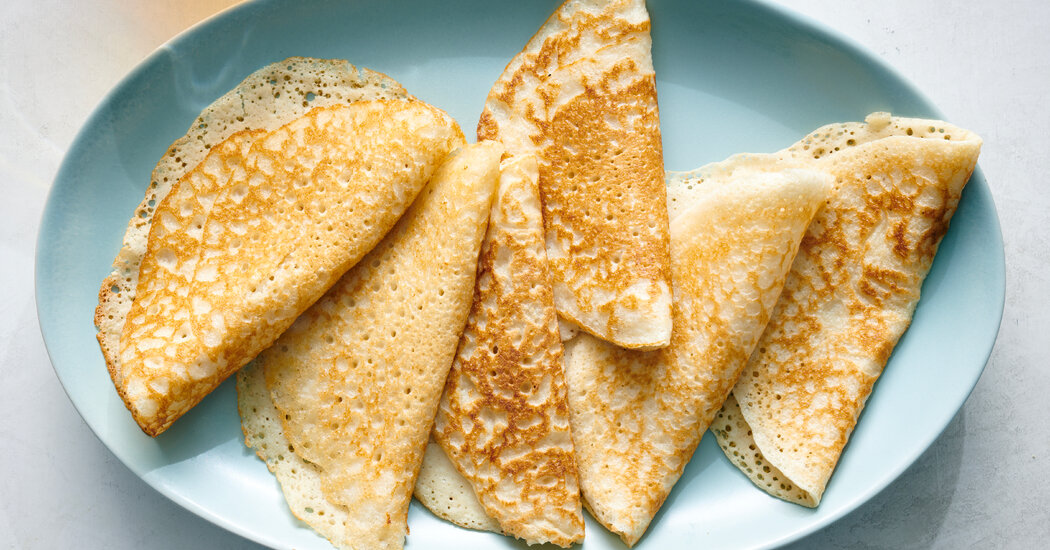
Fermentation, to me, is like a dance with my environment, at times loose and improvisational, but always measured and contained. What better way to cook is there than to rely on nature to alter an ingredient, at its own pace?
Broadly speaking, it is a process that transforms an ingredient, using elements — bacteria, yeast, microorganisms — present in the air. But I like to think of fermentation as capturing the essence of what is around me, while I gently nudge things in the direction I desire.
In my work, I’m often drawn to recipes that feel delicate and thorough, an intricate approach to familiar ingredients or the extraction of flavors from them. I love immersing myself in what often can take hours, or even days, to achieve. When I’m fermenting an ingredient, I know the ultimate reward is a dish that tells the story of time in every bite.
Like many of us, I filled the early days of the pandemic with food projects. Jars lined my windowsill, some with ingredients at various stages of fermentation, a few with sprouting cuttings and others stuffed with vegetables ready for a canning project. It was in this time, with a teething toddler by my side, that I nursed a healthy obsession with learning how to make sinasir, a flat skillet cake made from a thin batter of fermented rice. A brilliant side from northern Nigeria, sinasir is used as a vehicle for soups, stews or grilled meat, or as a lovely snack drizzled with honey and eaten by itself.
Rice is central to most of my meals. Too often thought of as a simple sidekick, it’s quite the shape shifter, as versatile as it is reliable. Fluffy steamed grains of rice, bouncy rounds of idli and glutinous balls of mochi are just a few examples of what dried rice can become. What a lovely surprise when something predictable is no longer so.
Together, my young daughter Aṣa and I would soak our rice, grind it, then wait for its gentle sourness to develop. She’d scrunch up her nose at the batter’s scent, but I welcomed the smell, knowing it signaled life. We’d try the batter, and I’d nod in approval. Then, we’d pan-fry the cakes until they had perfect spongy middles, with lacy, crisp edges. The aroma of gently toasted rice would move through the apartment like a warm balm. And, of course, we’d feast. I made mental notes on what to adjust — more time, more salt, less sugar. Aṣa would taste and squeal, her little hands pulling and tearing the cakes, the squishy texture pacifying her sore gums, and her greasy fingers smearing every surface she could reach.
Summer is often when fermentation is at its quickest. I like to believe that the sun pouring in and the humidity hanging in my Brooklyn kitchen must be harnessed. But if it’s not the height of summer where you are, there’s still plenty to capture. Fermentation is for any season.



